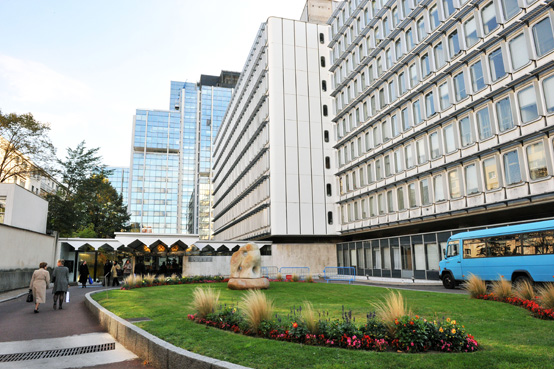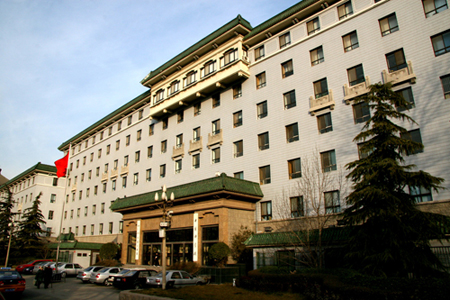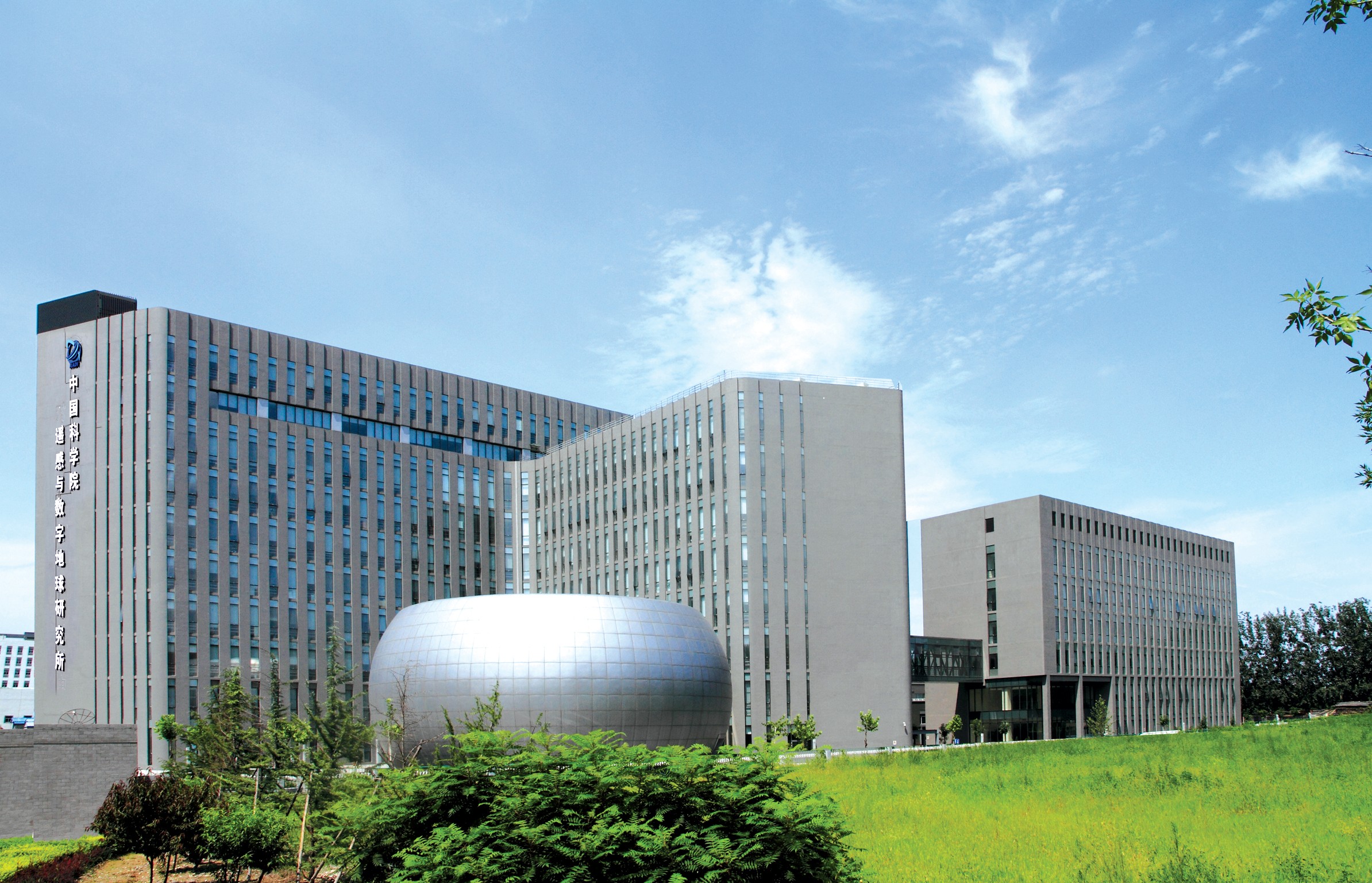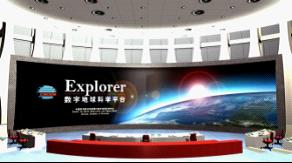
About
International Centre on Space Technologies for Natural and Cultural Heritage (HIST)
The International Centre on Space Technologies for Natural and Cultural Heritage (HIST), a category-II centre under the auspices of UNESCO, was proposed to UNESCO by the Chinese Academy of Sciences in May 2007. The proposal was approved by the 35th General Conference of UNESCO in October 2009, and ratified by the State Council of China in April 2011. On 24 July, 2011, the launching ceremony of HIST was held in Beijing. This is the first UNESCO centre applying space technologies to the monitoring and conservation of world natural and cultural heritage sites. The centre is hosted by the Aerospace Information Research Institute of the Chinese Academy of Sciences .

Guo Huadong, Gretchen Kalonji, Xu Guanhua, and Ding Zhongli unveil the nameplate in the Opening Ceremony of HIST (24 July 2011)
Using space technologies, HIST will assist UNESCO and its Member States in their endeavours to monitor and evaluate natural and cultural heritage sites and biosphere reserves and to combat the effects of climate change and natural disasters. HIST will build itself into a demonstrative centre using space data for World Heritage conservation, provide services including network inquiry, technical information support and personnel training, and make unique contributions to the management and protection of heritage sites worldwide.

UNESCO Headquarters (Paris)

Chinese Academy of Sciences Headquarters (Beijing)

International Centre on Space Technologies for Natural and Cultural Heritage
HIST is hosted by the Aerospace Information Research Institute of the Chinese Academy of Sciences. which is a comprehensive scientific and research institute combining operation and research. AIR has three ground stations covering 70% of the Asian terretory and also possesses two remote sensing aircraft with more than 10 types of advanced remote sensors, forming a new-generation, high-performance aerial remote sensing system.

AIR’s three ground stations cover 70% of the Asian territory

ARJ-21 Remote Sensing Aircraft
AIR is building a Digital Earth Platform, which has capabilities for data storage, information analysis and simulation research, providing a firm base for natural and cultural heritage studies using space technology.

The Digital Earth Platform
International projects
Since its establishment, HIST has begun to conduct various activities,such as the 4th International Conference on Remote Sensing in Archaeology (October, 2012), Huangshan Dialogue on UNESCO Designated Areas and Sustainable Development, two International Training Workshops on Space Technologies for Management and Conservation of World Heritage (2012 & 2014) and two training workshops of the East Asia Biosphere Reserve Network (2011 & 2015). HIST has also engaged in the international projects of using space technologies for better management of the World Heritage sites in Cambodia, Sri Lanka and Solomon Islands, and participated actively in the inter-governmental meetings of UNESCO in the fields of World Heritage, world biosphere reserves and global geoparks.
Strategic Targets
(1) Develop operational methodologies for applications of space technologies for the sustainable development of UNESCO designated areas.
(2) Provide fast-response service ability for UNESCO designated areas in the case of natural disasters or human-induced events.
(3) Build capacities and skills for applications of space technologies for developing countries.
(4) Generate and disseminate information on the relevance of space technologies for the conservation, management and sustainable use of UNESCO designated areas.
(5) Develop HIST as a renowned institution that actively promotes the application of space technologies to support UNESCO designated areas maintain their conservation, management, and sustainable development goals and objectives.
Main research direction
HIST’s mission is to assist UNESCO’s programme and Member States, that desire to receive such assistance, on the use of applied space technologies for UNESCO’s activities with respect to World Heritage, world biosphere reserves and global geoparks (hereinafter called "UNESCO Designated Areas").
Overall goal
HIST, an international academic institution under the auspices of UNESCO, offers an authoritative international communication platform for world heritage research using space technology. Guided by the development philosophy of UNESCO, HIST is hosted by the Aerospace Information Research Institute (AIR, a newly merged institute of the Centre for Earth Observation and Digital Earth and the Institute of Remote Sensing Applications) of CAS by virtue of its software and hardware advantages with respect to space technologies.



